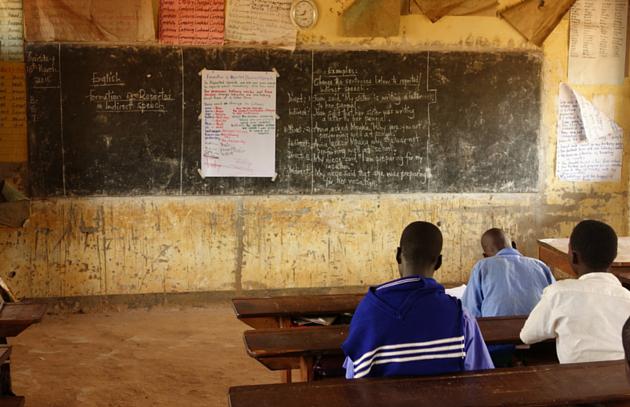Fuente IIPE – Buenos Aires/ 13 de Abril de 2016
Hazards, either natural or human-made, do not necessarily lead to crisis. However, when an education system is impacted by a conflict or natural disaster, there are measures that can be put in place to mitigate risks and increase efficiency and equity.
Ministries of education (MoE) are increasingly aware of this and countries including South Sudan, Uganda, Mali, Burkina Faso and others have started planning for crises before they occur.
WHAT DOES CRISIS-SENSITIVE PLANNING ENTAIL?
Crisis-sensitive planning begins with a risk analysis, or as some would call it, a conflict and disaster risk analysis. There are many tools out there to support the development of such an analysis, including the Rapid Education and Risk Analysis(RERA), UNESCO-IIEP’s and PEIC’s guidance and more. These analyses then feed into policy and plan development and implementation. And in order for risk reduction strategies to be effectively implemented, they need to be costed and funded.
What’s important to remember is that if the ultimate goal is to develop national education systems that are crisis-sensitive and contribute to social cohesion and peacebuilding, crisis-sensitive planning needs to be linked with government systems and processes. How can we do this?
- By ensuring government ownership when developing a specific conflict and disaster risk reduction analysis. Ideally such an analysis should be done around the time when the education sector analysis, or ESA, is in development. The central idea is that government officials in a given country lead the process of developing the methodology, implementing the data collection and preparing the analysis. Ministries in countries including Burkina Faso, Mali, and currently in South Sudan have been pioneers in this area with support from partners such as UNESCO-IIEP, UNICEF, USAID, PEIC, Search for Common Ground, and others.
- By using data and data collection tools that belong to governments. In Mali, for example, the Ministry of Education, together with devlopment partners, developed a questionnaire for a sampling survey to look at the effects of various risks on the system. In South Sudan, official data from the Education Management Information System (EMIS) was merged with OCHA’s vulnerability index, to highlight how the vulnerabilities related to conflict, displacement, food insecurity and epidemics affect the education system.
- By bringing together government officials and humanitarian partners (or those who have conducted the analysis) during the planning process. Ideally, as mentioned earlier, risk analyses should take place as part and parcel of the broader education sector analysis, in order to identify risk reduction strategies. These strategies should be seen as an opportunity for partners –whether humanitarian or development partners –to work together and invest in long-term systems’ building. This may be a challenge in terms of timing, for example, if a country is in the middle of implementing a five-year plan. However, there are opportunities to integrate risk analyses during mid-term or annual reviews. In South Sudan, the education cluster, UNHCR, and local humanitarian NGOs were all involved in the crisis-sensitive ESA that has recently beenfinalized. The expectation is that they will now all be involved in developing the next education sector plan and that innovative decisions to further align humanitarian and development programmes will be made.






 Users Today : 58
Users Today : 58 Total Users : 35459524
Total Users : 35459524 Views Today : 86
Views Today : 86 Total views : 3417844
Total views : 3417844